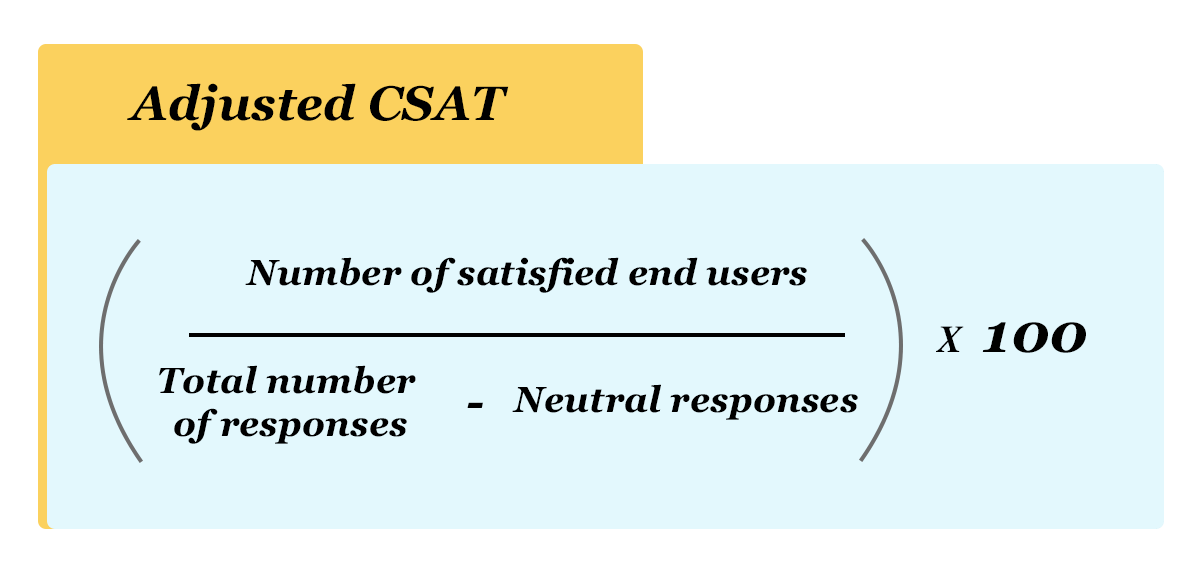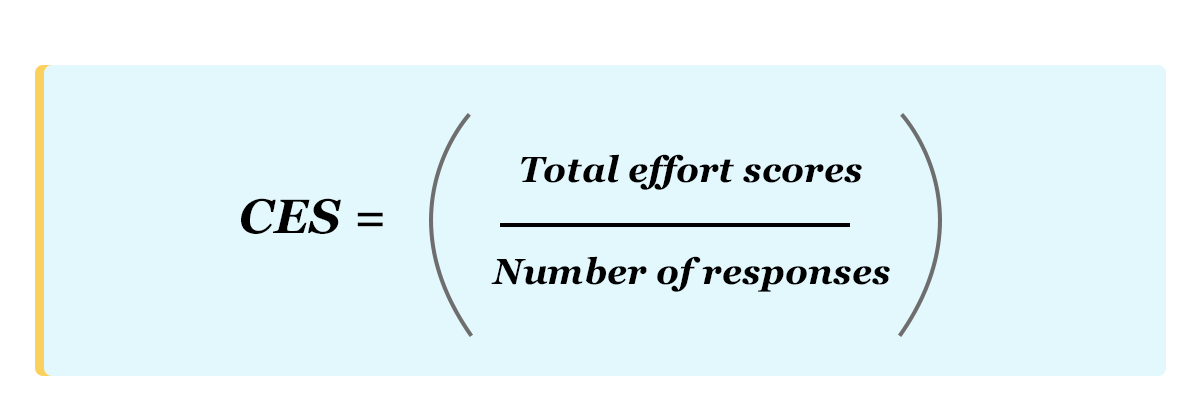Customer engagement metrics to drive exceptional employee experiences
07 mins read

The key to any successful customer interaction lies in engagement. Take Uber, for instance; its customer-centric approach is hinged on real-time tracking, transparent pricing, easy access to multiple services, and promotional incentives. This way, Uber leverages technology to enable seamless customer engagement, eventually leading to more loyal customers. But, what exactly does "engagement" mean in the context of customer engagement?
What is customer engagement?
Think of it as the ongoing process of creating positive and interactive experiences throughout all customer touchpoints. This process fosters trust and loyalty by ensuring that customers feel comfortable reaching out for assistance and are confident in the service they receive. Engaged customers become advocates for the brand, promoting positive word-of-mouth and potentially increasing customer value.
Today, just like Uber, brands and businesses are going above and beyond to deliver engaging experiences as customers expect seamless, personalized, and convenient experiences across all interactions. Similarly, employees within organizations, as customers of their internal services, are no exception to these expectations. This prompts a fundamental question for IT service desk teams: Do your employees feel satisfied with your services?
Though IT service desk teams provide engaging experiences, like self-service options, personalized resolutions, or remote support, the current metrics they measure primarily focus on the efficiency of the service desk rather than on metrics that measure employee experiences and satisfaction.
Thankfully, businesses that excel in serving their customers with intuitive experiences have established standard engagement metrics to monitor and enhance their customer engagement levels. IT service desk teams can learn and adopt these customer engagement metrics to ensure their employee experiences meet similar standards. Let's explore these key customer engagement metrics one by one.
5 fundamental engagement metrics for your IT service desk
NPS
Net promoter score (NPS) is a standard metric that measures the willingness of an end user to promote or recommend your service desk to their colleague. It hinges on the belief that an end user would promote your IT service desk only if they feel engaged and satisfied with your service. In this benchmarking method, most often, end users are presented with the question of:
"On a scale of 1 to 10, how likely is it that you would recommend our service to your colleague?"
Now, based on the responses to this question, end users are classified into three groups:

- Promoters, who rate the service as either 9 or 10
- Passives, who rate the service as either 7 or 8
- Detractors, who rate the service as 6 or below
NPS is calculated by subtracting the percentage of detractors from the percentage of promoters.

A positive NPS indicates that there are more promoters recommending your services than detractors. However, for any IT service desk, an NPS of 25 is considered good and the sweet spot is 50 or above, suggesting excellent services and strong end-user satisfaction.
NPS provides insights into end user sentiments and loyalty. Tracking NPS over time helps assess the effectiveness of an initiative or a newly implemented change.
CSAT
Customer satisfaction (CSAT) score is a widely used metric for evaluating your end user's emotions towards your service desk. It directly gauges how happy end users are with a specific interaction or experience. It involves distributing concise feedback surveys that are designed to be completed in less than a minute. The core question often asks users to rate their satisfaction on a scale.
Once you have the survey responses, use the below formula to calculate the score.

High CSAT scores often indicate positive engagement, meaning end users are deriving value in their interactions with your service desk. For a more clear and accurate score, you might need to adjust the calculation by excluding neutral responses. Then the formula would look like:

By regularly tracking your CSAT score, you can gain valuable insights into customer satisfaction and pinpoint where improvements are needed.
CES
Customer effort score (CES) measures how much effort an end user needs to put in to get their issue resolved by the service desk. It focuses on the ease and efficiency of the interaction, reflecting how well-engaged the service desk is in making things smooth for the end user.
CES and CSAT measure different aspects of the service desk experience, and they complement each other well. While CSAT tells you if end users are happy with the outcome, CES tells you how easy it was for them to achieve that outcome. Similar to CSAT, CES is typically measured through short rating surveys, and the calculation is quite straightforward.

For example, if you used a 1-5 rating scale (where 1 represents low-effort and 5 represents high-effort) and received 14 responses with the following effort scores:
- Two responses with a score of 1
- Five responses with a score of 2
- Seven responses with a score of 4
The total effort score would be (2 * 1) + (5 * 2) + (7 * 4) = 40
Now, your CES would be:
CES = 40 / 14 = 2.85
A low CES suggests effortless interactions, potentially leading to higher engagement as end users return for frictionless experiences.
While a low CES can be a driver of engagement, it's just one piece of the puzzle. It does not solely reflect engagement. An end user with simple needs might rarely interact but have a high CES. Therefore, it is suggested to use CES in conjunction with other engagement metrics for a well-rounded understanding.
ART
Average resolution time (ART), or time to resolution, measures the average time it takes for your service desk to resolve end-user tickets, from initial creation to final closure. This measure directly reflects the responsiveness and effectiveness of the service desk. To measure:

A lower ART typically signifies prompt problem-solving and minimal disruption to users, enhancing overall engagement. While this metric might appear favorable due to speedy resolutions, the underlying service quality may be compromised. It is important for service desks to prioritize reducing this metric through streamlined processes that deliver swift resolutions while maintaining high service quality.
Ticket volume by channel
This metric is a breakdown of the total number of support tickets received across different communication channels used by your end users. This measure helps in identifying which channels—email, chat, phone, or self-service portal—your end users prefer to use. By understanding how many tickets come through each channel, you can allocate resources effectively. Channels with higher volume may require more technicians.
This metric goes beyond mere numbers. It provides actionable insights into customer behavior, service efficiency, and overall engagement, enabling the service desk to tailor their strategies for meeting customer needs effectively.
The bottom line?
IT service desks can leverage engagement metrics to assess user experience and satisfaction across various interactions, including incident resolution, service delivery, and change implementation. These metrics provide valuable benchmarks, but it's crucial to recognize that optimal values may differ for each service desk. The key lies in using these metrics to identify trends, analyze feedback, and gain qualitative insights to deliver exceptional experiences that cater to the specific needs of end users.
